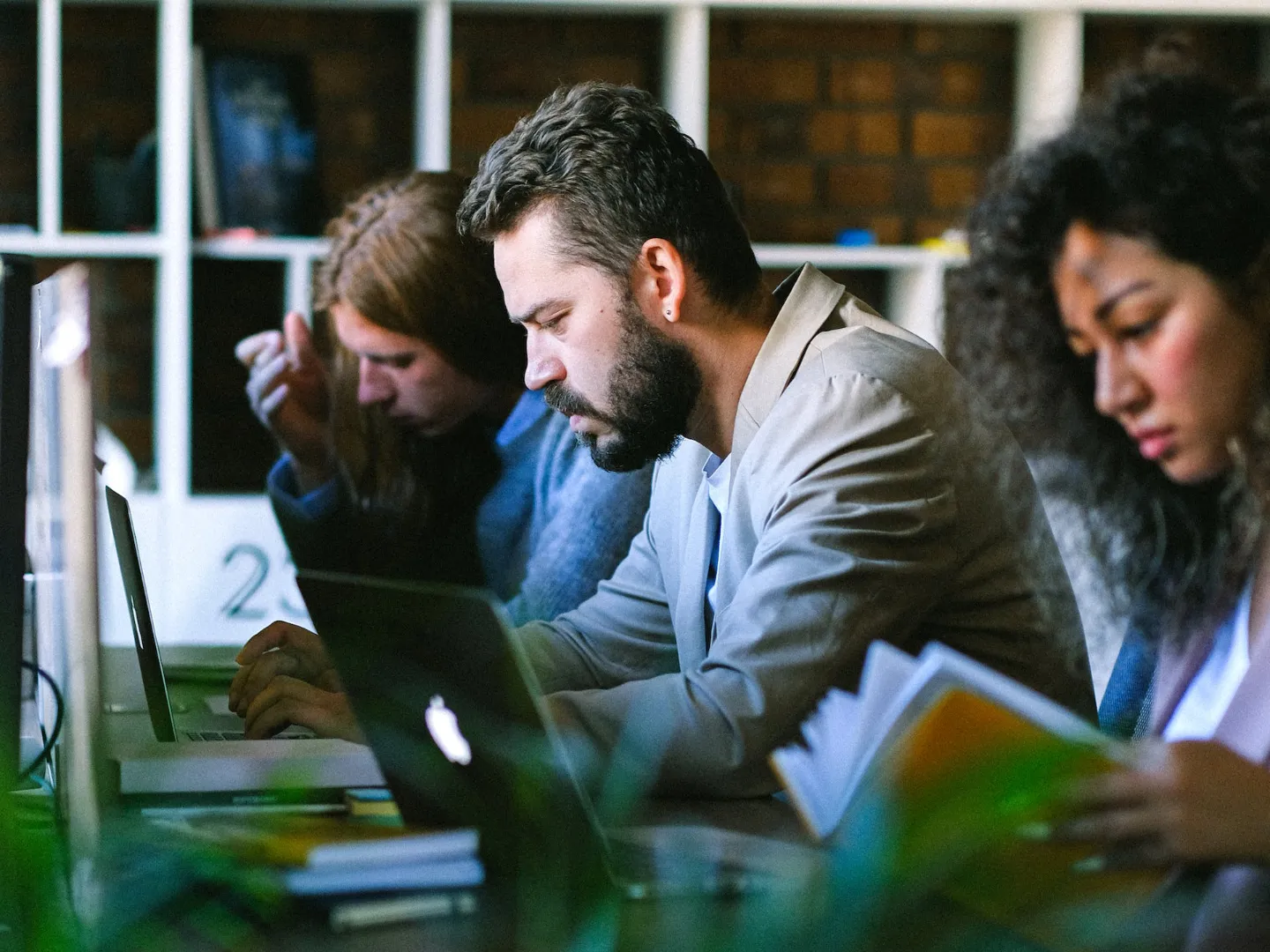Introduction
In an ever-evolving business landscape, the ability to adapt and learn is not just an asset but a necessity. Chris Argyris and Donald Schön’s concept of double-loop learning presents a paradigm shift in our understanding of learning and adaptation in organizational contexts. This article delves into the depths of double-loop learning, contrasting it with single-loop learning, and explores its profound implications for both individuals and organizations.
The Essence of Double-Loop Learning
Double-loop learning is a concept that goes beyond conventional problem-solving. While single-loop learning involves making adjustments within existing frameworks and norms to correct errors, double-loop learning challenges and changes these very frameworks and norms themselves. It’s about questioning the fundamental assumptions, values, and policies that underlie actions and strategies.
Contrast with Single-Loop Learning
Single-loop learning is akin to a thermostat automatically adjusting the heating to maintain a set temperature. It’s about efficiency within established parameters. Double-loop learning, however, questions the set temperature itself – why is it set at this level? Could a different setting be more effective or efficient? This questioning leads to a more profound understanding and more innovative solutions.
Applications in the Real World
In a business environment, single-loop learning might manifest as improving sales tactics within the current market strategy. Double-loop learning, conversely, would reassess the market strategy itself. On a personal level, while single-loop learning focuses on improving skills for a current role, double-loop learning questions if the role aligns with one’s values and career aspirations.
The Benefits and Challenges
Double-loop learning fosters adaptability and innovation. It encourages not just fixing problems but rethinking the problem itself. However, implementing it often requires a significant cultural shift, with challenges including confronting and changing long-held beliefs and norms.
Cultivating an Environment for Double-Loop Learning
Creating a conducive environment is crucial. This environment should encourage open communication, feedback, and critical thinking. Leadership plays a pivotal role in modeling the willingness to question foundational assumptions and values. Regular reflective practices and a culture that values continuous learning as an ongoing process, not just as a response to problems, also support this learning paradigm.
Conclusion
Double-loop learning is not just about finding better solutions; it’s about redefining the problems and our understanding of them. It is a powerful tool for achieving meaningful and sustainable change and development in both organizational and personal contexts. In a world where change is the only constant, double-loop learning stands as a beacon for those aspiring to not just adapt but thrive.

Arvid Madland Lyngnes
Arvid is our residing chief of learning and responsible for our management development program. His research on organizational learning and development might not be groundbreaking but solidifies the idea that most managers, with the right help, can create market leaders or at the minimum challengers.



